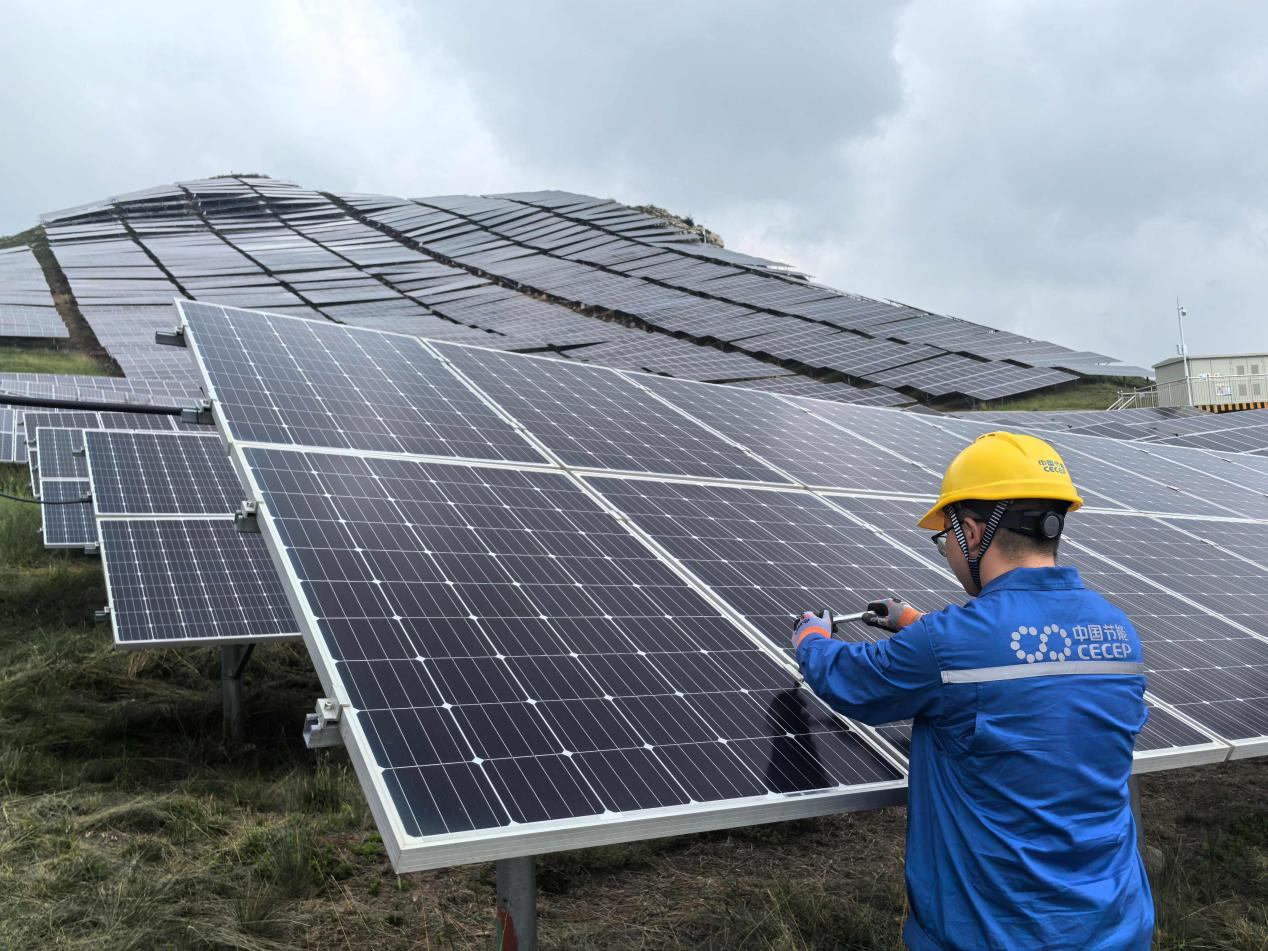In response to President Xi Jinping’s directives on flood prevention and disaster response, CECEP Solar has launched a coordinated effort across its North China, East China, West Central, and Xinjiang regional branches to strengthen safety and ensure stable clean power supply during the flood season. Facing extreme weather challenges including heavy rainfall, typhoons, and intense heat, the company has implemented systematic and practical measures to enhance plant security and maintain operational reliability.
All regions have integrated flood and geological disaster prevention with operational safety, establishing a collaborative and comprehensive defense system.

In North China, the Tianjin plant conducted pre-flood emergency drills, updated flood control protocols, and initiated 24/7 monitoring. Inspection frequency for PV modules was increased, and equipment such as submersible pumps and rainwear was centrally stored and digitally tracked. Plants in Dezhou and Feixian prioritized risk mitigation and efficient water drainage. The hilly Yuncheng plant focused on clearing drainage channels and installing anti-landslide barriers, while sites in Fenyang and Datong carried out comprehensive inspections of support structures and equipment cabinets, reinforced bolts and supports, and conducted quarterly earthquake drills.

East China addressed combined typhoon and plum rain threats through a four-pillar response strategy. The Yangzhou plant dredged drainage channels and inspected pumping equipment; Changxing enhanced team coordination through full-scale emergency drills; Jiaxing replaced corroded grounding strips in waterfront inverter platforms to prevent tidal damage; and Zhenhai established an end-to-end mechanism covering plan updates, early warning, typhoon defense, real-time monitoring, and post-disaster recovery—enabling closed-loop management via remote monitoring of equipment and weather conditions.
The West Central region, including Fengzhen and Xiangdao plants, responded to Inner Mongolia’s persistent heavy rains by activating emergency plans, maintaining 24/7 duty shifts, and coordinating closely with local emergency and meteorological agencies. Teams used sandbags and waterproof sheets to secure vulnerable areas, drained water from SVG equipment zones and cable trenches during rainfall, and conducted thorough post-rain inspections of inverters and cable connections.
In Xinjiang, the Baicheng plant faced alternating extreme heat and rain. Wearing waterproof gear, maintenance personnel waded through ankle-deep water and mud to inspect modules for micro-cracks and oxidation, performed precise circuit tests, resolved multiple faults, and managed peak summer demand to ensure steady power generation.
All regional plants continue to operate smoothly with no supply disruptions due to flooding or geological events. Moving forward, CECEP Solar will intensify monitoring, refine preventive measures, and reinforce safety protocols to ensure reliable clean energy supply—fulfilling its role as a central state-owned enterprise in safeguarding national energy security.